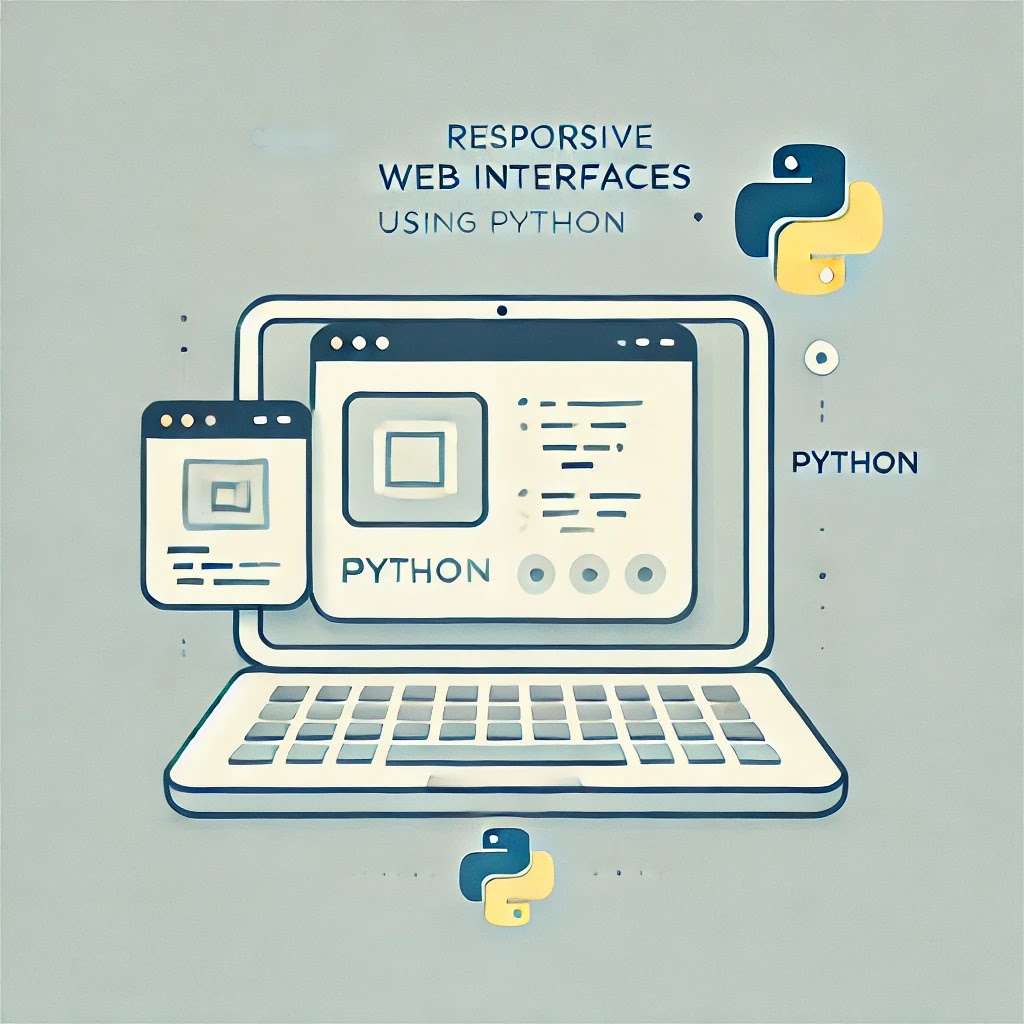How Social Media Accounts Can Be Hacked: A Comprehensive Guide
Table of Contents
- Introduction
- Phishing Attacks
- Malware and Viruses
- Password Attacks
- Social Engineering
- Two-Factor Authentication
- Conclusion
Introduction
Social media has become an integral part of our daily lives, with billions of users worldwide. However, like any online platform, social media can be vulnerable to various types of attacks. In this blog post, we will discuss some of the most common methods that attackers use to gain unauthorized access to social media accounts.
Phishing Attacks
Phishing is a type of social engineering attack where attackers send fraudulent emails or messages that appear to be from legitimate sources. These messages often include links to malicious websites or attachments that attempt to steal sensitive information.
To prevent phishing attacks, it's important to be cautious when clicking on links or opening attachments from unknown sources. Always verify the authenticity of the website or email address before entering any personal information.
Here's an example of a phishing email:
Malware and Viruses
Malware and viruses can infect social media accounts and devices. Malware can steal personal information, encrypt files, or delete data. Viruses can disrupt the normal functioning of the device or social media account.
To protect against malware and viruses, it's essential to keep all devices and software up to date with the latest security patches. Use reputable antivirus and antimalware software to scan for and remove any malicious software.
Here's an example of a malware warning:
Password Attacks
Password attacks are a common method used by attackers to gain unauthorized access to social media accounts. Attackers can use various techniques to crack passwords, such as brute force attacks, dictionary attacks, or social engineering.
To protect against password attacks, it's crucial to use strong and unique passwords for all accounts. Avoid using easily guessable passwords or reusing passwords across multiple accounts. Use a password manager to generate and store strong passwords securely.
Here's an example of a strong password:
Social Engineering
Social engineering is a technique used to manipulate individuals into revealing sensitive information or performing actions that compromise security. Attackers can use various tactics, such as baiting, pretexting, or scare tactics, to gain access to social media accounts.
To prevent social engineering attacks, it's important to be cautious when receiving unsolicited emails or messages. Be suspicious of any request for personal information or actions that seem out of the ordinary. Report any suspicious activities to the social media platform or authorities.
Here's an example of a scam email:
Two-Factor Authentication
Two-factor authentication (2FA) is a security measure that requires users to provide two forms of identification to access an account. This adds an extra layer of security by making it more difficult for attackers to gain unauthorized access.
However, 2FA can also be a barrier for users. It can be difficult to remember and manage multiple forms of identification, which can lead to users disabling or bypassing 2FA altogether.
To use 2FA effectively, it's important to provide clear instructions on how to set it up and manage it. Make sure the 2FA process is simple and user-friendly to minimize the risk of users disabling it.
Here's an example of a 2FA setup:
Conclusion
Social media accounts can be hacked in various ways, including phishing attacks, malware and viruses, password attacks, and social engineering. To protect your social media accounts, it's important to use strong and unique passwords, keep devices and software up to date, enable 2FA when available, and be cautious when receiving unsolicited emails or messages.
Remember, prevention is better than cure. By following these best practices, you can help protect your social media accounts from being hacked and keep your personal information secure.
I hope this blog post has provided you with valuable information on how social media accounts can be hacked and how to protect yourself. Let me know if you have any other questions!









No comments:
Post a Comment